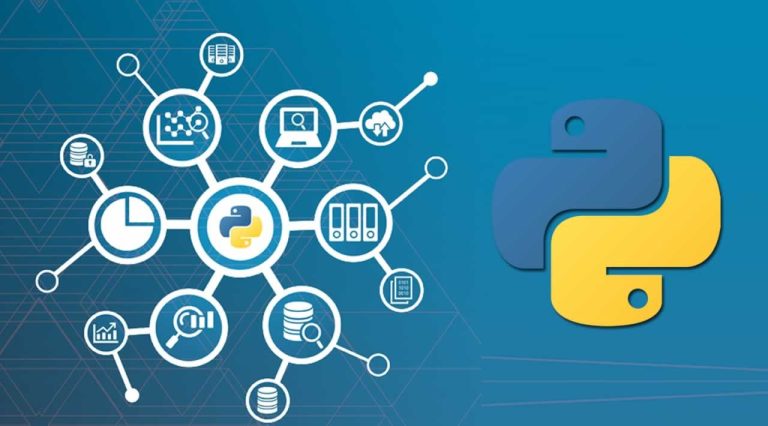Table of Contents
TogglePython is popular for its simple programming syntax, code readability, and easy commands. Its command is like making the application development process faster and more efficient.
Not only that, Python is free and open to anyone’s use. You can simply download it for free from its official website, Python.org. Moreover, Python is community-friendly, and lots of support is available online.
C and C++ are still two of the best programming languages, widely used worldwide for applications other than ML and AI. Python is easy to integrate with them, which makes sense for businesses already having C and C++-powered applications. Python is also quite a base for data mining solutions.
In this blog, we’ll discuss the top data mining and machine learning libraries for Python.
Pandas
Don’t be surprised to know that another “Pandas” exists that is not an animal. Panda is an animal native to South Central China, whereas Pandas is a Python library for data manipulation and analysis.
This best Python framework, which is used in software for data mining and machine learning algorithms, is unmatched in its flexibility.
Developers love using it for ML and DL-based application development. Thanks to its structure built on Python, it is fast, powerful, easy to use, and flexible.
What’s more? This Python web framework also helps with dataset joining, data filtration, missing data handling, data reshaping, and more. Panda is the best Python framework for machine learning if you are looking for a 2-D data representation.
NumPy
If your business needs to process large amounts of multidimensional arrays, this Python framework is here to help. NumPy also helps with comprehensive random number generation, Fourier transforms, mathematical functions, linear algebra routines, and more. All these features make it a useful library in data mining solutions.
Some other Python platforms, like Scikit-learn and SciPy, are based on NumPy. As machine learning grows, this framework’s usages also become more diverse. Developers use it for image recognition, video detection, time-series analysis, speech recognition, and other text-based applications.
Even the hardest computations and complicated functions are easy and fast to solve through this framework. To make the icing on the cake, NumPy is easy to execute with the help of numerical and scientific computing power.
Sonnet
It is based on the neural network structure in TensorFlow. Creating a primary Python object sounds difficult for developers. Sonnet assists them by simplifying the design of neural networks.
Developers get the best results out of the process here. The major difference that separates this best Python framework is dividing the modules into sub-modules. It can divide and pass from one module to another during the internal process.
Spark
Spark, Spark ML, or Apache Spark is a powerful API for developing machine learning and deep learning applications. This Python library makes ML, and data mining solutionseasy, even for non-technical people.
It comes with high-level pipeline AP and low-level optimization primitives. Most businesses use the Spark framework for recommendation engines, fraud detection, predictive analytics, and other sectors.
Spark is simple, fast, scalable, and unified. It is designed for data engineering, machine learning, and data science execution. Whether you use single-node machines or clusters, this Python framework for machine learning works well in both scenarios.
It unifies data processing in real-time for languages other than Python. Developers feel substantial differences in SQL analytics. It executes fast, Distributed ANSI SQL queries for ad-hoc reporting and dashboarding.
It performs exploratory data analysis without the need to resort to downsampling.
Accord.Net
This Python framework is based on C#. Though it is useful for all types of business application development, it is better suited for computer audition, signal processing, production-grade computer vision, statistics applications, and data mining software.
It was initially released in 2010 and is considered a well-documented ML framework. With its use, audio and image processing have become easy for developers. It comes with libraries available as source code, executable installers, and NuGet packages.
Graph plotting, visualization, numerical optimization, linear algebra calculation, and its advanced applicability have made it one of our top frameworks for machine learning in Python and deep learning.
Multitudes of scientific publications are published online and offline with the help of the Accord.Net framework.
Conclusion
There is no denying that Python is the go-to choice for its flexibility and features. Its ability increases developers’ productivity and quality of code. To add more to that, extensive libraries ease the workload drastically. Working with Python is easy with libraries or frameworks. You can choose the best one from the above-mentioned Python libraries for data mining solutions and machine learning.




